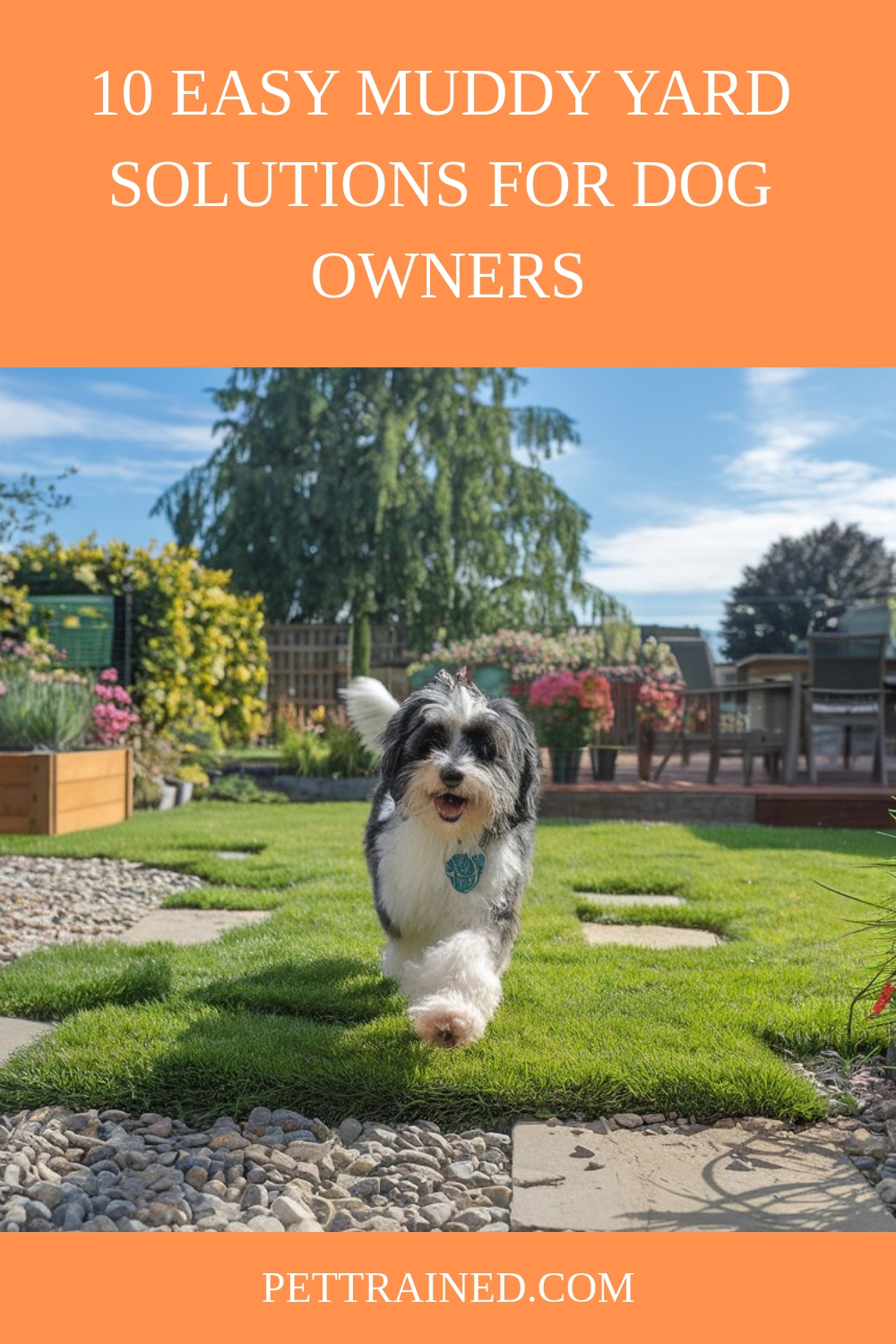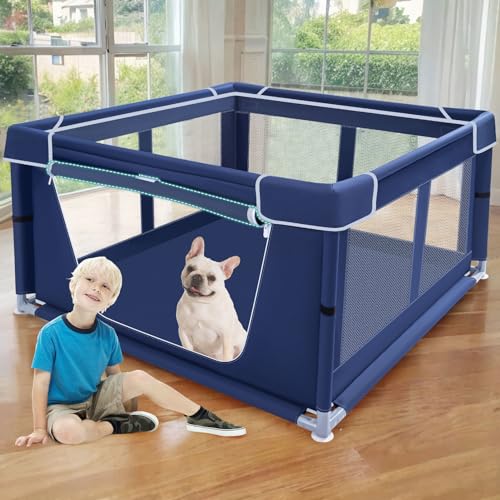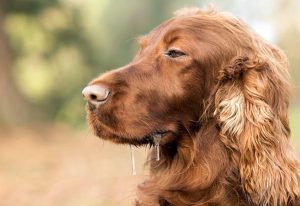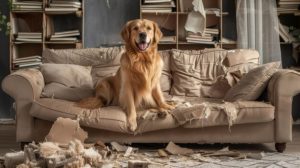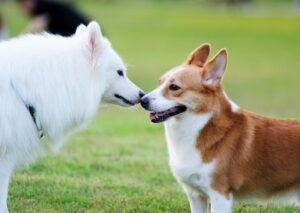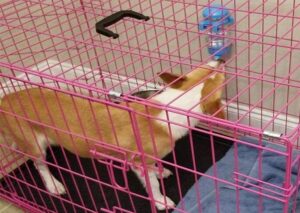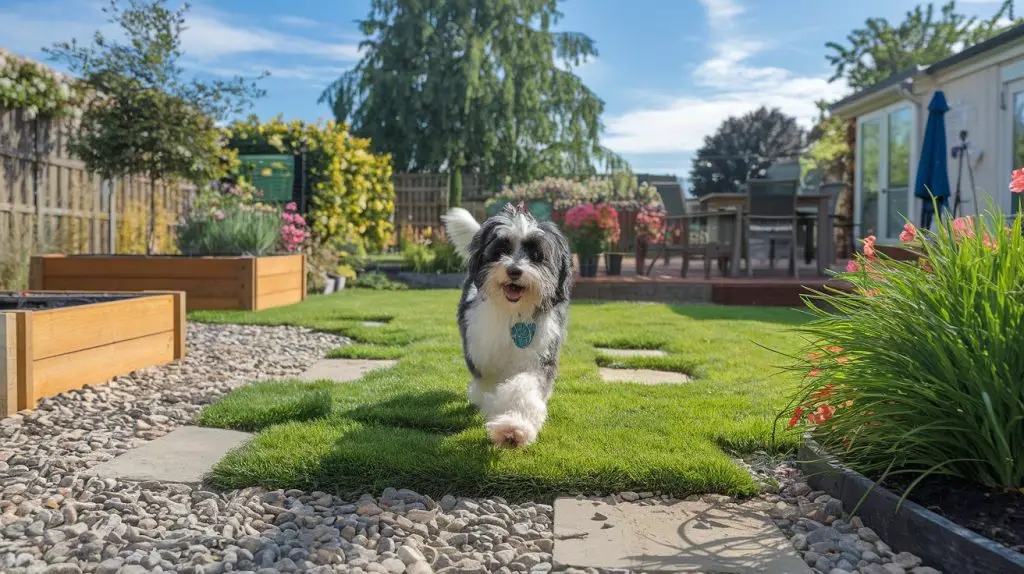
You step out into your backyard on a drizzly morning, only to be greeted by a muddy mess courtesy of your playful pup. You’re not alone – many dog owners struggle to maintain a clean and safe outdoor space for their pets. Installing artificial turf or laying down dog paths are just a couple of solutions that can make a big difference. But which methods are most effective, and how can you implement them in your own yard? By exploring these questions, you’ll be one step closer to creating a beautiful, mud-free outdoor oasis for you and your dog.
Table of Contents
Key Takeaways
- Artificial turf transforms muddy yards into low-maintenance spaces, reducing yard maintenance and water consumption.
- Designated dog paths made of materials like wood chips or gravel help minimize muddy patches and lawn wear.
- Installing a dog run area with durable materials like concrete or artificial turf provides exercise and mental stimulation for dogs.
- A yard drainage system, such as French drains or catch basins, prevents muddy patches and maintains lawn health.
- Utilizing pet-friendly mulch, like organic medium-textured mulch, improves soil health and reduces weeds while ensuring dog comfort.
1. Install Artificial Turf Immediately
By installing artificial turf, you can immediately transform your muddy yard into a lush, low-maintenance oasis that both you and your dog will love.
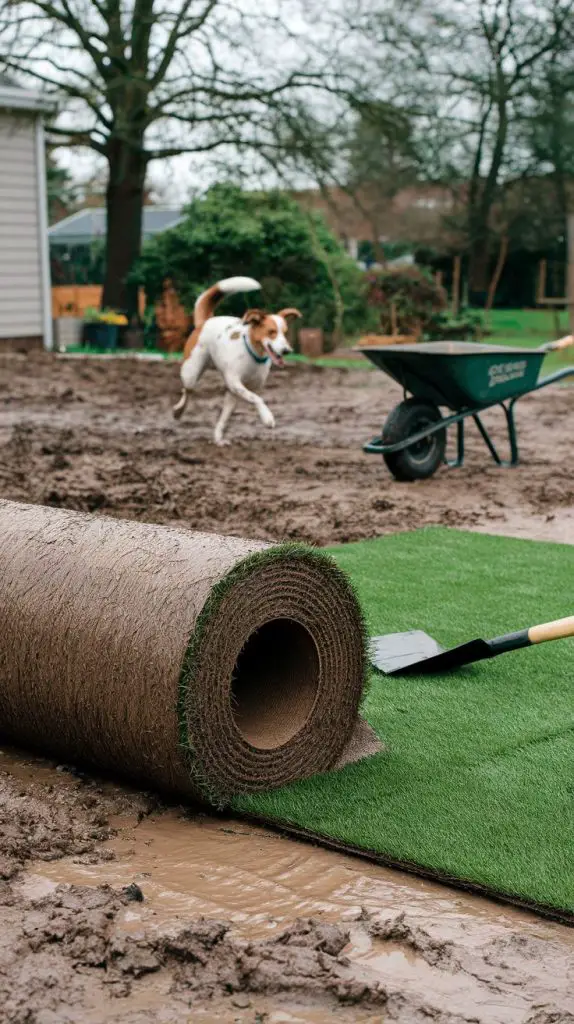
You’ll reap numerous artificial turf benefits, including reduced yard maintenance, decreased water consumption, and a significant reduction in mud and dirt tracked into your home.
Artificial turf also provides a safe and healthy surface for your dog to play on, as it’s free from pesticides, fertilizers, and other chemicals used in traditional lawn care.
This can be especially beneficial for malnourished dogs who may have weakened immune systems and need a clean environment to support their recovery.
This post contains affiliate links. However all the information provided on this site are my own honest opinions. See more in Disclaimer.
Additionally, the consistent surface of artificial turf can help prevent injuries and joint problems in dogs, which is particularly important for those with nutritional deficiencies.
The installation process typically begins with evaluating your yard’s drainage and slope to guarantee proper water flow.
Next, the existing lawn is removed, and a compacted aggregate base is laid to provide a stable surface.
The artificial turf is then rolled out and secured with landscape pins or adhesive.
Finally, the turf is groomed to create a natural appearance.
With proper installation, your artificial turf will withstand heavy foot traffic and harsh weather conditions, providing a beautiful and functional outdoor space for you and your dog to enjoy for years to come.
2. Use Dog Paw Cleaning Station
While artificial turf can greatly reduce the amount of dirt and mud your dog tracks into your home, it’s still essential to clean their paws regularly, especially after playing in areas with loose debris or when shifting from outdoors to indoors.
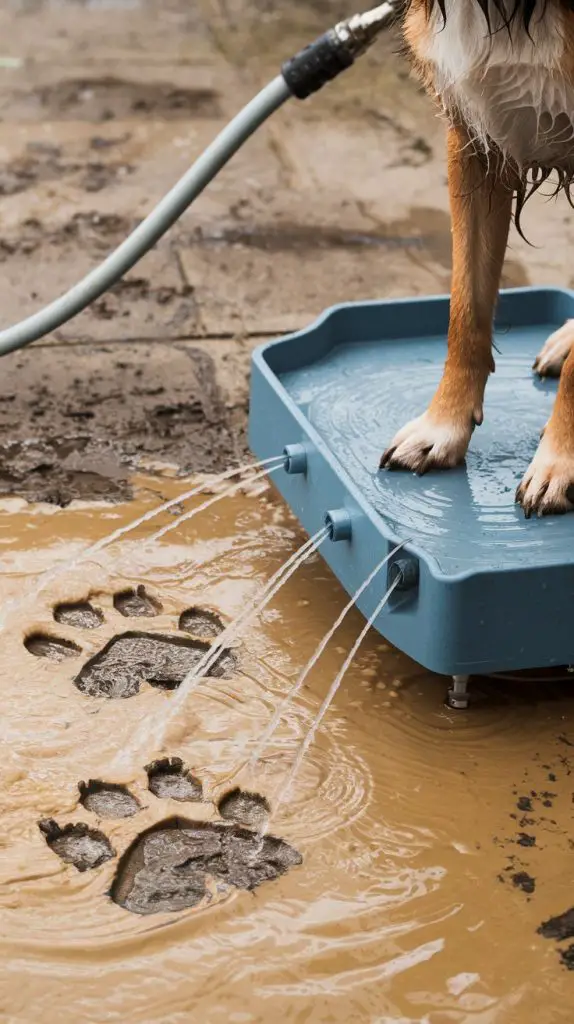
This is where a dog paw cleaning station comes in handy. You can set one up at your back door or in a designated area of your home to make cleaning your dog’s paws a breeze.
For a portable solution, consider using an effortless paw cleaning tool that features soft bristles for gentle dirt removal and is suitable for travel.
Using a dog paw cleaning station is a simple yet effective way to maintain good dog paw hygiene. You can fill the station with warm water and add a mild dog shampoo or paw cleaner.
Then, gently place your dog’s paws in the station and let them soak for a few minutes. After soaking, use a soft-bristled brush or a cleaning cloth to wipe away any dirt or debris.
This cleaning method not only keeps your home clean but also prevents dirt and bacteria from accumulating on your dog’s paws. Regular use of a dog paw cleaning station can help prevent skin irritation and keep your dog’s paws healthy.
3. Add Grass Reinforcement Mesh
Maintaining a lush, green yard can be a challenge, especially when you have dogs that love to run and play outside. Their constant foot traffic can lead to worn-out grass, muddy patches, and an overall unsightly appearance.
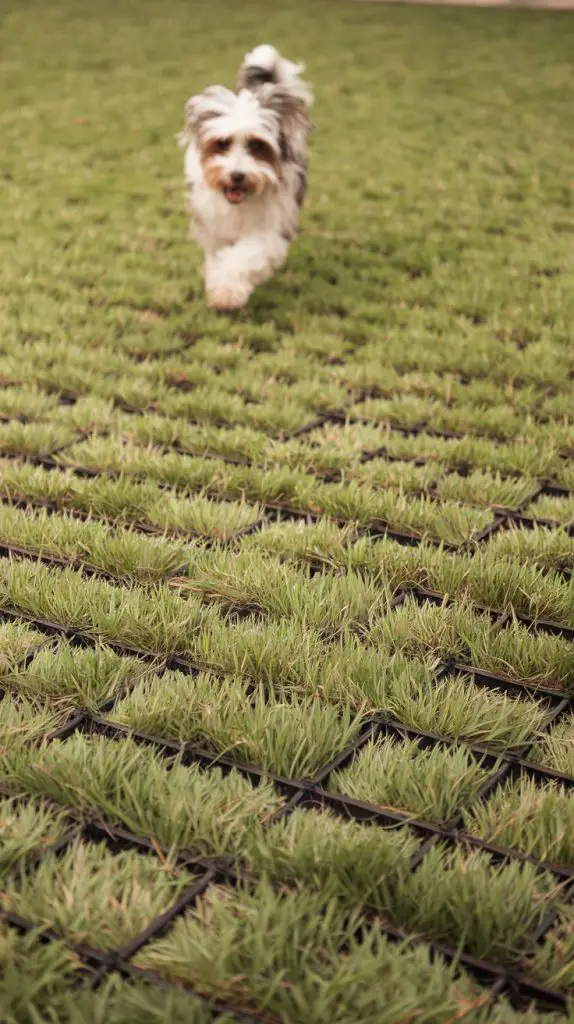
To address this issue, you should consider adding grass reinforcement mesh to your yard. This innovative solution provides grass stability, preventing it from getting damaged or uprooted by your dogs’ constant running and playing.
Similar to how a durable car seat cover protects your vehicle’s interior, grass reinforcement mesh offers a sturdy and long-lasting solution for your yard.
It’s an excellent investment for pet owners who want to maintain a beautiful outdoor space while accommodating their furry friends’ activities.
4. Lay Down Dog Paths
In addition to grass reinforcement mesh, creating designated pathways for your dogs can further reduce yard damage and prevent muddy patches from forming.
Laying down dog paths encourages your dogs to stick to specific routes, rather than roaming freely and potentially causing damage.
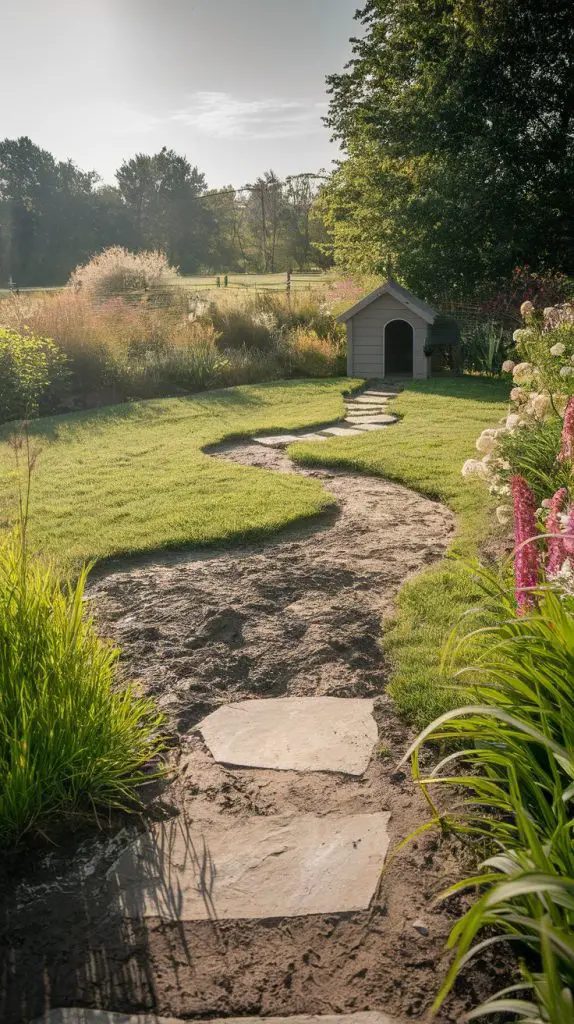
In order to create these paths, you’ll want to select suitable dog path materials that can withstand foot traffic and varying weather conditions.
Popular options include wood chips, gravel, and decomposed granite. For added comfort and protection, think about using plush padding materials similar to those found in high-quality pet car seat covers, especially in areas where your dogs frequently rest or play.
When designing your dog path layout, it’s crucial to reflect on the natural flow of your yard and your dogs’ movement patterns. Observe where your dogs tend to congregate and traverse, and plan your paths accordingly.
You may want to create separate paths for different areas of the yard, such as one leading to a feeding station and another to a play area.
By strategically laying down dog paths, you can redirect your dogs’ traffic and minimize the impact on your lawn, ultimately reducing the likelihood of muddy patches forming.
Effective dog path layout and materials can make a significant difference in maintaining a clean and dry yard.
5. Choose Durable Ground Covers
If natural ground covers aren’t for you, consider ground cover alternatives like rubber mats or artificial turf.
These materials are made to withstand heavy use and require minimal maintenance. Rubber mats are especially useful around dog runs or play areas, as they provide a comfortable, non-slip surface.
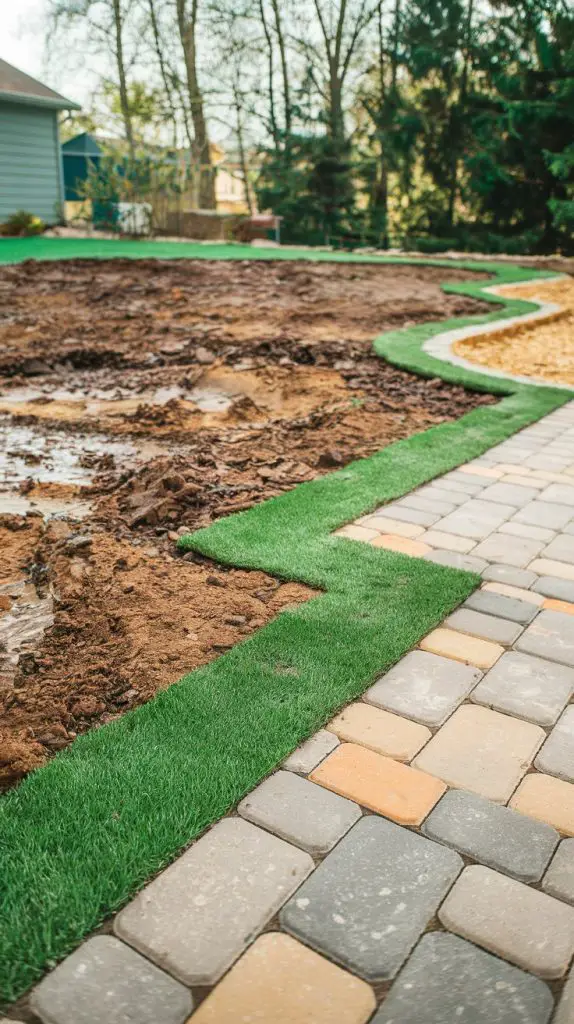
For added comfort during travel, consider a premium dog car seat that offers similar benefits of durability and easy maintenance.
Artificial turf is a more expensive option, but it’s a great choice for small areas or entire yards.
Regardless of which material you choose, make sure it’s safe for your dog and suitable for the climate in your area.
6. Plant Low-Maintenance Grass
When planting low-maintenance grass, keep in mind a few maintenance tips.
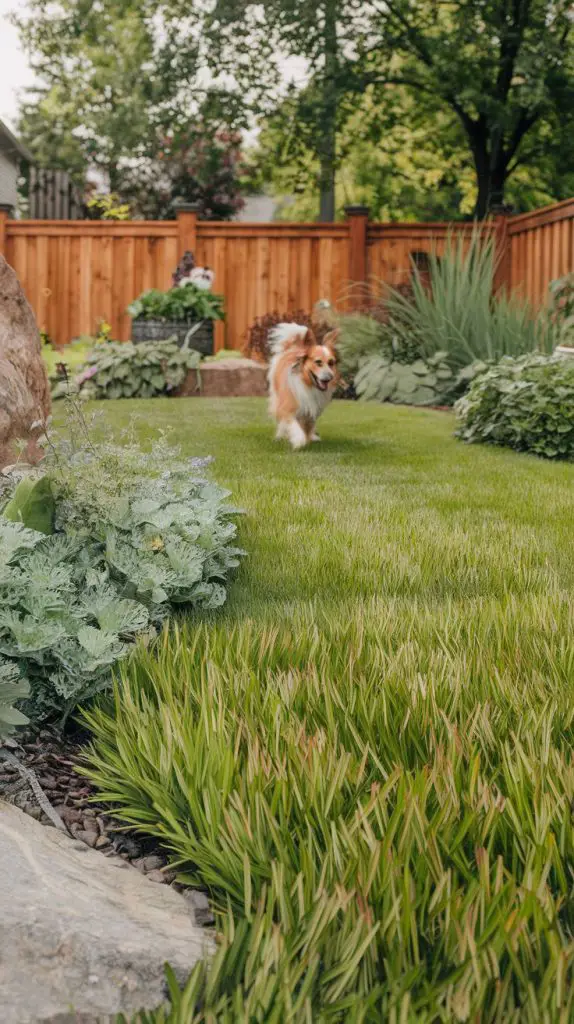
Water your grass deeply but infrequently to encourage deep root growth. Maintain a mowing height of 2.5-3 inches to promote healthy growth and prevent weed invasion.
Fertilize your grass lightly, as over-fertilization can lead to weak growth and environmental issues. Additionally, consider incorporating organic matter like compost or manure to improve soil structure and fertility.
Creating a comfortable space for your dog to relax outdoors can help reduce wear and tear on your lawn.
7. Incorporate Yard Drainage System
A well-designed yard drainage system is necessary for preventing muddy patches and ensuring your lawn remains healthy and usable, even with dogs that love to play and dig.
By incorporating a yard drainage system, you’ll be able to manage water runoff effectively, reducing the likelihood of water accumulation and subsequent muddy messes.
This is especially important in areas with heavy rainfall or where water tends to collect.
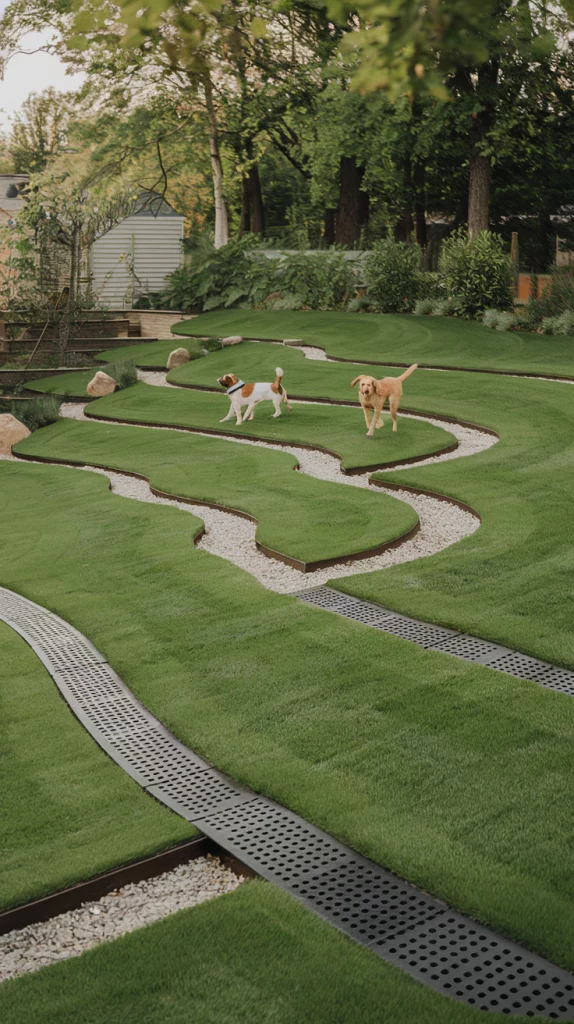
Proper drainage can also help alleviate separation anxiety in dogs by providing a comfortable outdoor space for them to relax and play, reducing stress when left alone.
You can choose from various drainage solutions, such as French drains, catch basins, or swales, depending on your yard’s specific needs and topography.
These systems work by redirecting water away from your lawn and into a more suitable area, like a storm drain or a natural watercourse.
Effective water management is key to maintaining a mud-free yard, and a yard drainage system is a crucial component of this strategy.
By investing in a well-designed drainage system, you’ll be able to enjoy a cleaner, healthier lawn, and spend more time playing with your dogs rather than cleaning up after them.
With a yard drainage system, you’ll be better equipped to manage water and prevent muddy patches.
8. Designate Dog Play Area
Designating a specific dog play area is essential for maintaining a mud-free yard, as it allows you to focus your yard maintenance efforts on a contained space.
By creating a designated play area, you’ll be able to target your yard care activities more effectively, reducing the likelihood of mud accumulation.
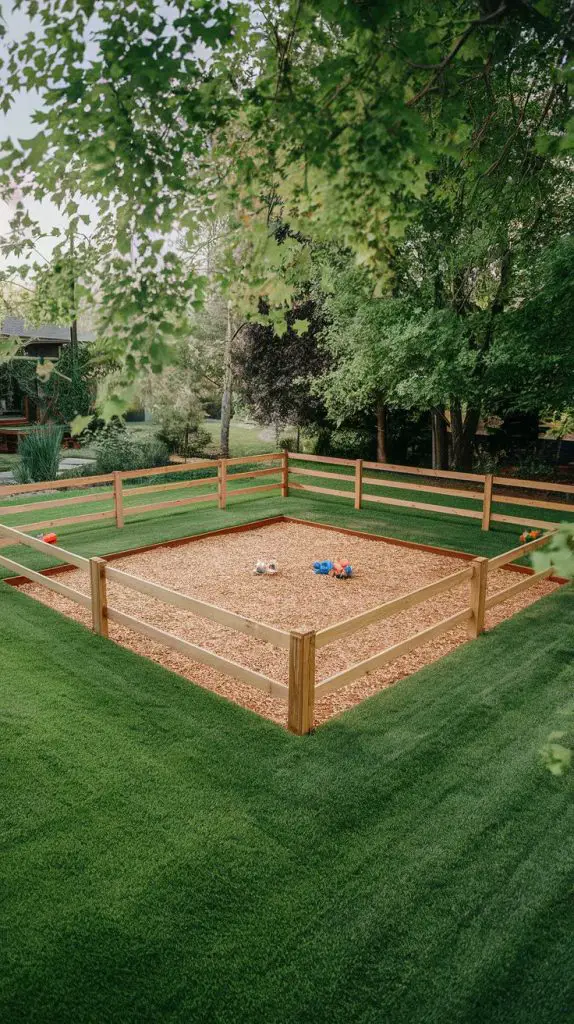
Consider implementing dog-friendly landscaping features, such as durable grass or plants that can withstand heavy foot traffic.
This approach is similar to using indoor puppy playpens to create a safe, controlled environment for your pet, but on a larger outdoor scale.
A designated play area also enables you to establish a routine for designated playtime, allowing you to supervise and manage your dog’s outdoor activities more efficiently.
This, in turn, reduces the risk of your dog creating muddy patches in other areas of the yard.
To create an effective dog play area, assess your yard’s layout and identify a spot that can accommodate your dog’s needs. Consider factors such as sunlight, drainage, and accessibility.
9. Utilize Pet-Friendly Mulch
Your yard’s mulch can play a significant role in reducing mud and making maintenance easier. By choosing the right type of mulch, you can create a pet-friendly outdoor space that’s both functional and aesthetically pleasing.
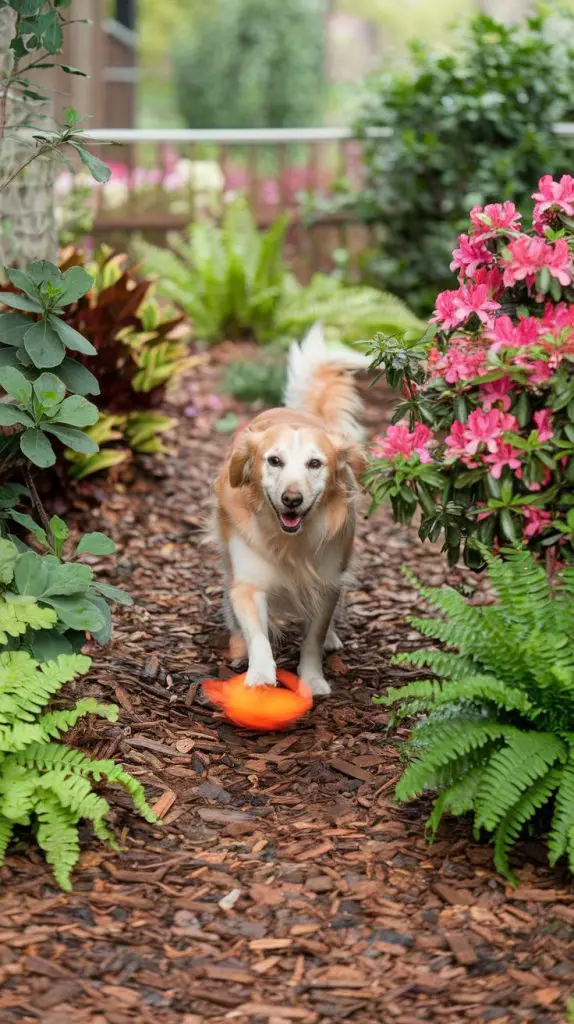
Organic mulch, such as pine straw or cedar chips, offers numerous benefits, including improved soil health, reduced weed growth, and a natural, attractive appearance.
Much like durable sisal material used in cat scratching pads, the right mulch can provide a long-lasting and effective solution for your yard.
When selecting a mulch, consider your dog’s habits and preferences. Avoid using mulch with small particles or sharp edges that can cause discomfort or injury. Instead, opt for a medium-textured mulch that’s easy on paws and noses.
To maintain your mulch, replenish it as needed to maintain a 2-3 inch depth. Regularly raking the mulch will also help prevent matting and guarantee it continues to drain properly.
Additionally, consider creating a mulch-free zone around plants and trees to prevent over-mulching and promote healthy growth.
By following these mulch maintenance tips, you can enjoy the benefits of a mud-free yard while also providing a comfortable and safe space for your dog to play and relax.
10. Install Dog Run Area
Beyond the mulched areas, consider dedicating a specific space for your dog to run freely without worrying about mud or damaging your yard.
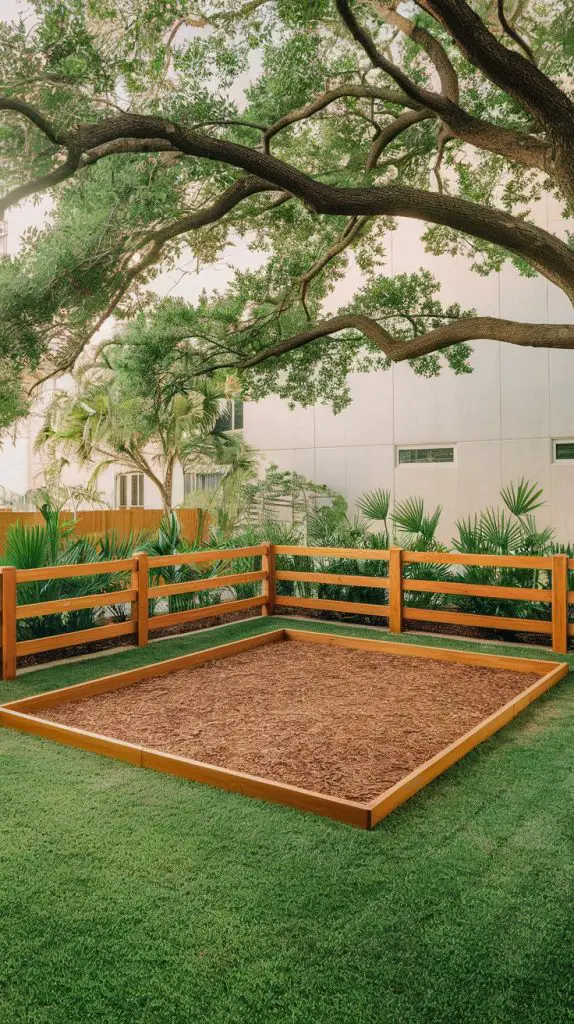
Installing a dog run area is an excellent solution that offers numerous benefits for both you and your dog. Dog run benefits include providing your pet with exercise and mental stimulation, while also preventing damage to your yard and reducing mud tracking into your home.
For added comfort and safety during car rides, consider using a waterproof seat cover to protect your vehicle’s interior while transporting your pet to and from the dog run area.
When designing your dog run area, you’ll need to choose the right dog run materials.
Consider using durable and low-maintenance materials such as concrete, gravel, or artificial turf. These materials are easy to clean and can withstand heavy foot traffic.
You can also add fencing to guarantee your dog’s safety and prevent escape attempts.
Frequent Questions and Answers
You’re stuck between a rock and a muddy place! Clean your yard regularly, ideally after every heavy rain or pet playtime, to prevent soil compaction and improve yard drainage, keeping your outdoor space mud-free and safe.
You’ll be pleased to know that installing a dog pool can actually help with muddy yard prevention, as it provides a contained area for your dog to cool off, reducing mud-prone puddles and paw-tracked messes.
As you ponder mulch options, you’re probably walking your dog, watching them sniff and explore – now imagine that scene with the wrong mulch, posing pet safety risks; that’s why pet-friendly mulch types are essential.
You’ll notice that certain dog breeds create more mud than others due to their digging habits, size, and coat type, so it’s crucial to contemplate the breed impact on your yard conditions to minimize muddy messes.
You can temporarily fix a muddy yard for a dog party by laying down a temporary ground cover, such as artificial turf or a large tarp, and implementing quick drainage solutions like sand or straw to absorb excess water.
